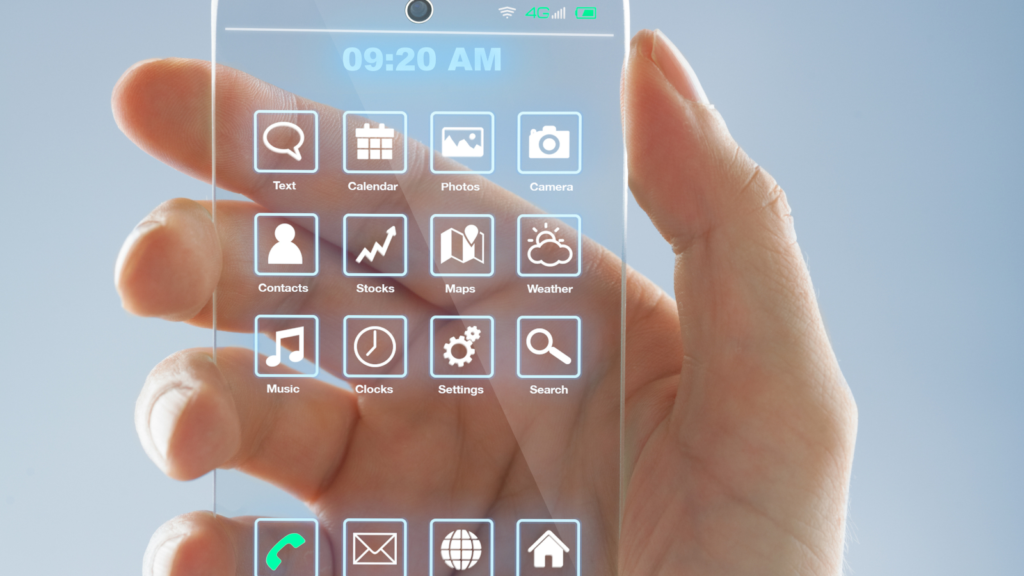
The smartphone industry is evolving rapidly, bringing new innovations that enhance performance, user experience, and sustainability. From AI-powered features to foldable designs and eco-friendly manufacturing, the latest trends in smartphone technology are shaping the future of mobile communication. Let’s explore some of the most exciting advancements in the industry.
1. AI-Powered Smartphones
Artificial Intelligence (AI) is becoming a core part of smartphone technology. Modern devices are integrating AI for smarter cameras, voice assistants, and system optimizations. AI-driven features, such as automatic photo enhancement, real-time language translation, and predictive text input, are revolutionizing how users interact with their devices.
2. Foldable and Rollable Displays
Foldable smartphones have gained significant traction in the past few years, with companies like Samsung, Huawei, and Motorola leading the market. These devices offer increased screen real estate without compromising portability. Additionally, rollable displays are emerging as the next evolution, allowing users to expand and contract their screen size based on their needs.
3. 5G Connectivity for Faster Performance
The rollout of 5G networks has drastically improved mobile internet speeds, reducing latency and enhancing connectivity. With 5G, users experience seamless video streaming, ultra-fast downloads, and improved cloud gaming experiences. More budget-friendly 5G smartphones are now available, making this technology accessible to a broader audience.
4. Advancements in Camera Technology
Smartphone cameras are reaching professional-grade quality, thanks to higher megapixel counts, periscope zoom lenses, and computational photography. Night mode, portrait mode, and AI-based scene recognition allow users to capture stunning images in any condition. Brands like Apple, Samsung, and Google continue to push the boundaries with features such as LiDAR sensors, multi-camera setups, and 8K video recording.
5. Sustainable and Eco-Friendly Smartphones
As sustainability becomes a priority, smartphone manufacturers are shifting toward recyclable materials, energy-efficient processors, and repair-friendly designs. Brands like Fairphone and Apple are leading the way in reducing electronic waste by using recycled metals, modular components, and longer-lasting batteries. The push for eco-friendly packaging and e-waste recycling programs is also gaining momentum.
6. Battery Innovations and Fast Charging
Battery technology is improving, with longer battery life and faster-charging solutions. New lithium-silicon batteries and graphene-based batteries promise higher energy density and improved longevity. Wireless charging is becoming more efficient, and reverse wireless charging now allows users to charge accessories like earbuds and smartwatches directly from their smartphones.
7. Under-Display Cameras and Fingerprint Sensors
To achieve true full-screen designs, smartphone manufacturers are integrating under-display cameras that remain hidden when not in use. Similarly, ultrasonic fingerprint sensors under the display provide faster and more secure authentication, eliminating the need for physical fingerprint scanners.
8. Gaming Smartphones and High Refresh Rate Displays
Mobile gaming is on the rise, leading to the development of gaming-focused smartphones with high refresh rate displays (120Hz, 144Hz, and beyond), advanced cooling systems, and powerful GPUs. Devices from ASUS ROG, Nubia RedMagic, and Lenovo Legion cater specifically to mobile gamers, offering customizable triggers and gaming modes.
9. eSIM Technology and Enhanced Security
The adoption of eSIM technology is eliminating the need for physical SIM cards, making smartphones more versatile and travel-friendly. Enhanced security features, such as end-to-end encryption, biometric authentication, and AI-based fraud detection, are also being implemented to protect user data.
10. The Future of Augmented Reality (AR) and Virtual Reality (VR)
Smartphones are becoming gateways to AR and VR experiences, with applications in gaming, shopping, and virtual meetings. Apple’s ARKit and Google’s ARCore enable developers to create immersive experiences, while upcoming advancements in VR headsets and AR glasses will further integrate smartphones into the metaverse.
Conclusion
Smartphone technology is evolving at a breakneck pace, introducing new features that enhance performance, connectivity, and sustainability. Whether it’s AI-driven experiences, foldable displays, or 5G connectivity, these innovations are shaping the future of mobile devices. As we move forward, brands like Minto continue to provide high-quality smartphone accessories and repair services, ensuring that users get the most out of their devices.